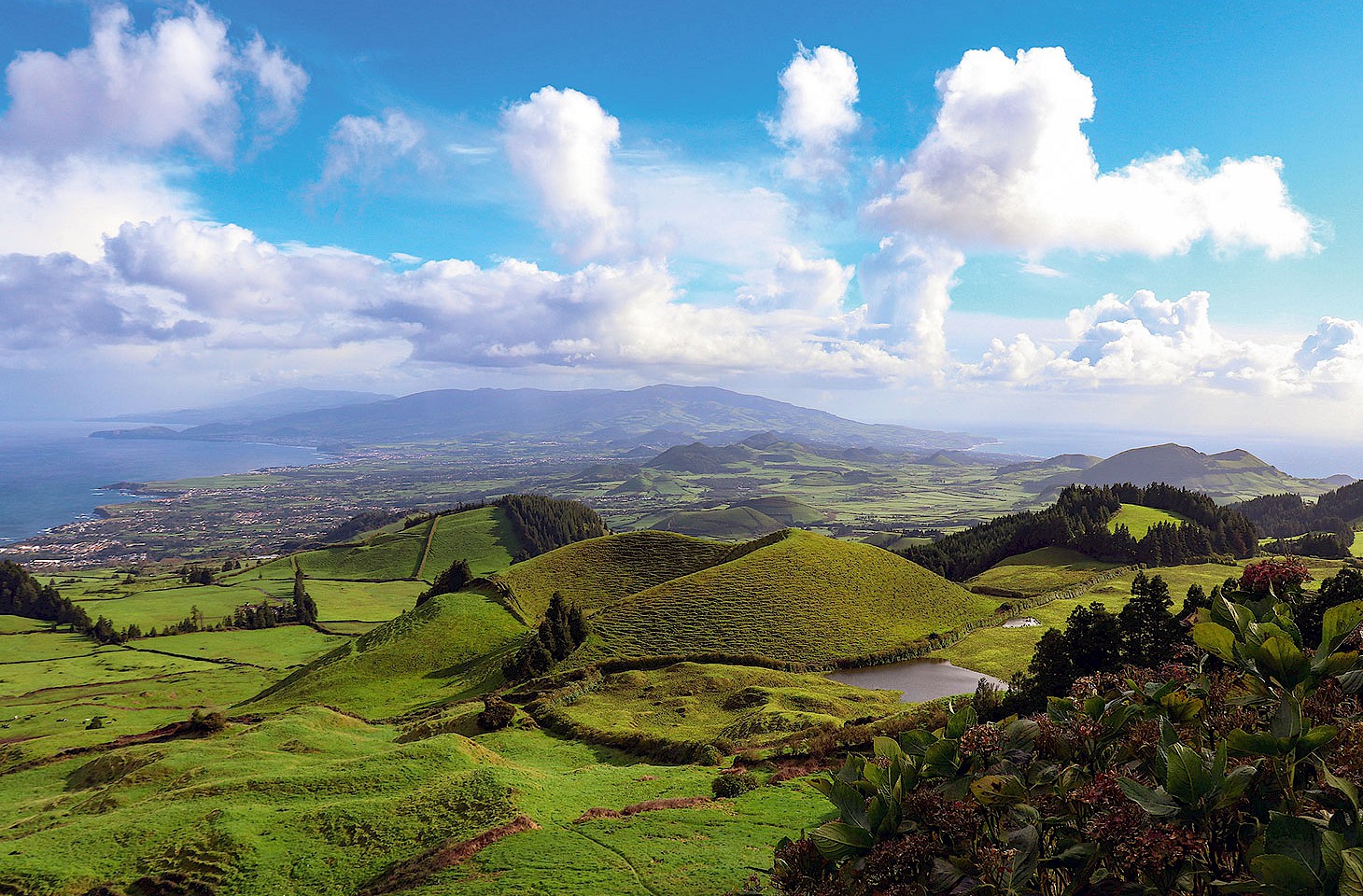There was a time, some two hundred years ago, when an elaborate silk or fur-trimmed pelisse was all the fashion among the ladies of Geneva. But styles moved on and the pelisse, though nowadays never seen on the streets of the Swiss city, is recalled in the name of a road in the heart of the Old Town: the Rue de la Pélisserie. This is no grand boulevard. It is a narrow alley, one of those inviting byways which make Geneva’s vieille ville so very interesting. So of course we cut down through Rue de la Pélisserie on our impromptu morning wander through Geneva.
Words from the Sunday homily drift from the open upper windows of an elegant chapel as an unseen preacher quotes from Leviticus. The message is a simple one about the importance of treating foreigners as equals. In the quiet Sunday footfall in the alley below the chapel, there are two Arabic women, each wearing a black abaya decorated with fine threads of embroidery. We wander along behind the two women in black for a minute or two, pausing at a mural which recalls how citizens of Geneva gave shelter to Huguenot migrants. From there, it is but a few steps to the auditoire de Calvin, a chapel with austere lines where John Knox often preached. Geneva’s Scottish Presbyterians still meet here each Sunday morning and we slip inside for a few moments, instantly transported by a Scottish hymn to a place so far in spirit from Geneva. The auditorium is not merely the preserve of the Scots Kirk. It is also used each week for Dutch Reformed Church services and by an Italian Protestant group known as the Waldensians.
Faith and politics
Few other European cities can match Geneva when it comes to ethno-confessional variety. It’s a mix which goes well beyond a dozen shades of Calvinism. There is a neat Russian Orthodox church built on land donated by the city of Geneva in 1862. Still today, it acts as a focus for Russian faith and culture in the lakeshore city. The Russian church was one of a number of new places of worship that were sanctioned in the years after the removal of Geneva’s huge city bastions in the 1850s. The dismantling of the fortifications released a huge amount of empty land and Geneva’s Orthodox, Catholic, Anglican and Jewish communities were among the beneficiaries. The Beth-Yaacov synagogue was completed in 1859 to a design by a protestant Swiss architect. It remains a major city landmark today.
Radical liberalism is a Geneva quality which finds expression in the city’s support for a complex mosaic of faith communities.




